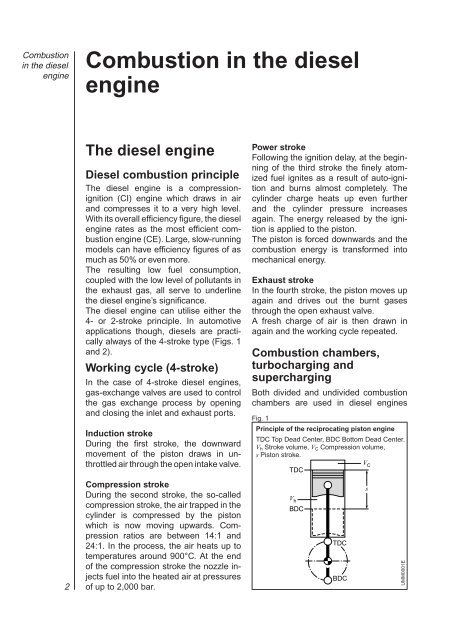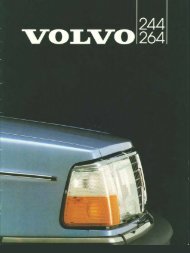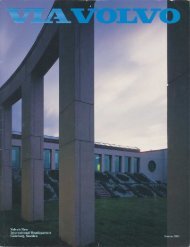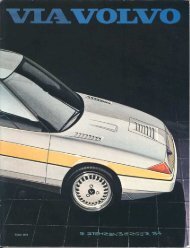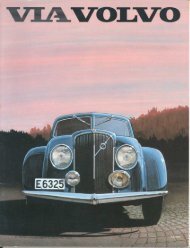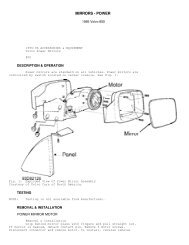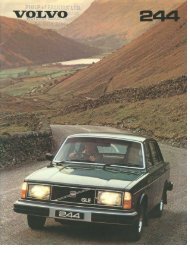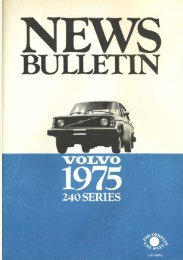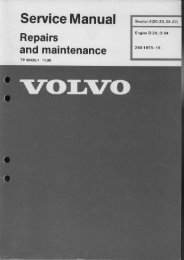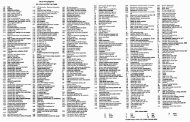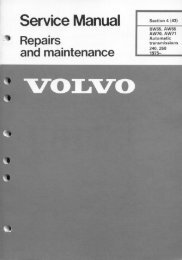Diesel distributor fuel-injection pumps VE - K-Jet.org
Diesel distributor fuel-injection pumps VE - K-Jet.org
Diesel distributor fuel-injection pumps VE - K-Jet.org
You also want an ePaper? Increase the reach of your titles
YUMPU automatically turns print PDFs into web optimized ePapers that Google loves.
Combustionin the dieselengineCombustion in the dieselengine2The diesel engine<strong>Diesel</strong> combustion principleThe diesel engine is a compressionignition(CI) engine which draws in airand compresses it to a very high level.With its overall efficiency figure, the dieselengine rates as the most efficient combustionengine (CE). Large, slow-runningmodels can have efficiency figures of asmuch as 50% or even more.The resulting low <strong>fuel</strong> consumption,coupled with the low level of pollutants inthe exhaust gas, all serve to underlinethe diesel engine’s significance.The diesel engine can utilise either the4- or 2-stroke principle. In automotiveapplications though, diesels are practicallyalways of the 4-stroke type (Figs. 1and 2).Working cycle (4-stroke)In the case of 4-stroke diesel engines,gas-exchange valves are used to controlthe gas exchange process by openingand closing the inlet and exhaust ports.Induction strokeDuring the first stroke, the downwardmovement of the piston draws in unthrottledair through the open intake valve.Compression strokeDuring the second stroke, the so-calledcompression stroke, the air trapped in thecylinder is compressed by the pistonwhich is now moving upwards. Compressionratios are between 14:1 and24:1. In the process, the air heats up totemperatures around 900°C. At the endof the compression stroke the nozzle injects<strong>fuel</strong> into the heated air at pressuresof up to 2,000 bar.Power strokeFollowing the ignition delay, at the beginningof the third stroke the finely atomized<strong>fuel</strong> ignites as a result of auto-ignitionand burns almost completely. Thecylinder charge heats up even furtherand the cylinder pressure increasesagain. The energy released by the ignitionis applied to the piston.The piston is forced downwards and thecombustion energy is transformed intomechanical energy.Exhaust strokeIn the fourth stroke, the piston moves upagain and drives out the burnt gasesthrough the open exhaust valve.A fresh charge of air is then drawn inagain and the working cycle repeated.Combustion chambers,turbocharging andsuperchargingBoth divided and undivided combustionchambers are used in diesel enginesFig. 1Principle of the reciprocating piston engineTDC Top Dead Center, BDC Bottom Dead Center.V h Stroke volume, V C Compression volume,s Piston stroke.TDCV hBDCTDCBDCV CsUMM0001E


